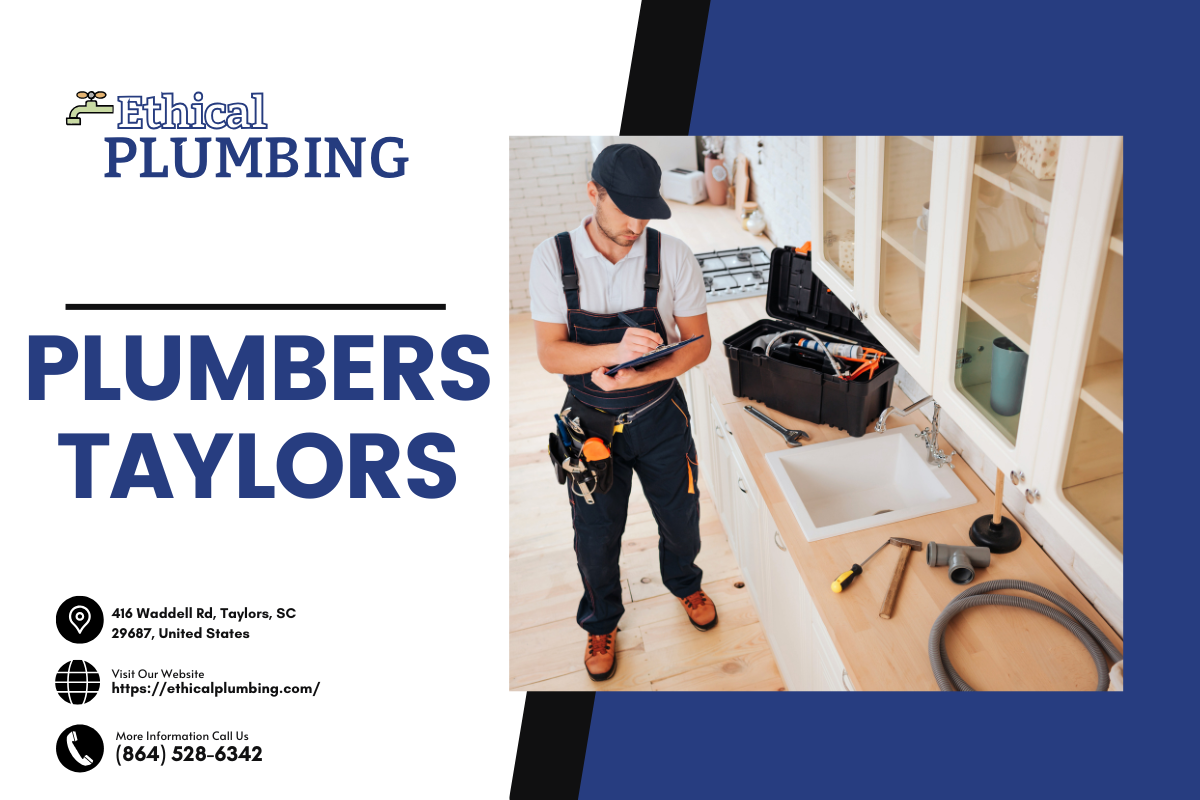
Introduction
Water infiltration can wreak havoc on your home, leading to structural damage, mold growth, and a multitude of other issues. Thankfully, sump pumps offer an effective solution for homeowners looking to safeguard their properties against flooding. In this comprehensive guide, we will delve into the intricacies of sump pump installation and repair, providing you with valuable insights and actionable advice. From understanding the types of sump pumps available to learning how to troubleshoot common problems, this article aims to arm you with all the information necessary for maintaining your home's integrity.
Your Comprehensive Guide to Sump Pump Installation and Repair
What is a Sump Pump?
A sump pump is a device designed to remove accumulated water from a sump basin, typically found in https://andresdoel962.theglensecret.com/plumbing-emergencies-quick-tips-from-expert-plumbers-in-taylors basements or crawl spaces. Its primary function is to prevent flooding by redirecting excess water away from your home’s foundation.
How Does a Sump Pump Work?
When water fills the sump basin, the pump activates automatically via a float switch. It then ejects the water through discharge pipes, directing it away from the house. This simple yet effective mechanism can save you thousands in potential water damage repairs.
Types of Sump Pumps
Understanding the different types of sump pumps is crucial for making an informed purchase decision.
Submersible Sump Pumps
Submersible pumps are designed to be submerged in water. Their sealed motor prevents electrical hazards and allows them to handle larger volumes of water efficiently.
Pedestal Sump Pumps
Pedestal models feature a motor mounted above the sump basin. These are generally less expensive but may not be as efficient in high-volume scenarios.
Battery Backup Sump Pumps
These systems provide an essential backup during power outages. They ensure that your basement remains protected even when electricity is unavailable.
Why You Need a Sump Pump?
If you're wondering why installing a sump pump is vital for your home, here are some compelling reasons:
Prevention of Flooding: A sump pump can effectively manage groundwater levels. Mold Prevention: Keeping moisture at bay reduces mold growth risk. Increased Property Value: Homes equipped with reliable drainage solutions often see an increase in market value.Do You Need Professional Plumbing Services for Installation?
While some homeowners may opt for DIY installations, hiring professional plumbing services can provide peace of mind and ensure proper setup.
Benefits of Hiring Plumbers Taylors
- Expertise: Experienced plumbers possess the knowledge needed for optimal installation. Compliance: Professionals ensure that all local codes are followed. Warranty: Many plumbing companies offer warranties on their work.
Choosing the Right Location for Your Sump Pump
Selecting the appropriate location is critical for effective operation.
Common Placement Areas
Basement or Crawl Space: Ideal locations where flood risks are higher. Low-Lying Areas Outside Your Home: These areas often collect runoff during heavy rains.Tools Required for Installation
Before getting started on your installation project, ensure you have these essential tools:
- Drill PVC Pipes Pipe Wrench Level Tape Measure Safety Gear (Gloves & Goggles)
Step-by-Step Guide to Installing a Sump Pump
Installing a sump pump involves several steps that must be followed meticulously:
Choose Your Location- Select an area within your basement or crawl space that collects water.
- Dig a hole approximately 2 feet deep and 18 inches wide.
- Place a plastic liner into the hole to contain debris while allowing water flow.
- Position the pump inside the liner according to manufacturer instructions.
- Ensure proper connection from your pump’s outlet to discharge piping leading outside.
- Fill the pit with water until activated; check if everything works seamlessly.
Maintenance Tips for Your Sump Pump System
Regular maintenance will prolong your sump pump’s lifespan and efficiency:
Inspect monthly for debris accumulation. Test its operation quarterly by pouring water into the pit. Clean out any dirt or mud buildup at least once per year.Troubleshooting Common Issues with Sump Pumps
Even well-functioning devices can encounter problems over time.
Pump Won't Turn On?
Check if there’s power supply or if there's any blockage preventing activation.
Frequent Cycling?
This could indicate issues such as improper sizing or placement of discharge lines; consult expert plumbers Taylors if unsure.
Signs You Need Professional Plumbing Services Taylors
Not every issue can be solved without expert help; watch out for these signs:
Continuous running without activating Unusual noises during operation Water pooling around your basement despite functioning equipmentFAQs About Sump Pumps
1. How long do sump pumps last?
On average, well-maintained sump pumps last around 10 years before needing replacement.
2. Can I install my own sump pump?
Yes, but consider hiring professionals if you lack experience with plumbing systems.
3. What should I do if my sump pump fails?
Immediately check power supply and any blockages; calling qualified plumbing company might be necessary if issues persist.
4. Is it necessary to have a battery backup system?
While not mandatory, having one is highly advisable in areas prone to power outages during storms.
5. How much does it cost to install a sump pump?
Costs vary based on model and installation complexity; expect anywhere between $500-$1500 on average depending on local rates and materials needed.
6. How often should I maintain my sump pump?
Regular inspections should occur monthly; however, more thorough checks are recommended annually or biannually depending on usage frequency.
Conclusion
Your home deserves protection from floods and moisture-related damages—this makes understanding how to install and maintain a dependable sump pump crucial! Whether you're considering DIY installation or opting for professional plumbing services Taylors, having access to this knowledge ensures you make informed decisions about safeguarding your property against unwanted water intrusion effectively! By following this guide closely—complete with detailed steps—you're well-equipped towards achieving successful results in managing both installations and repairs down line!
With this guide as your reference tool, you'll become proficient at navigating through all facets related specifically towards enhancing flood management solutions offered by innovative technologies like those seen in today's advanced sumps! Don't hesitate: protect what matters most today!